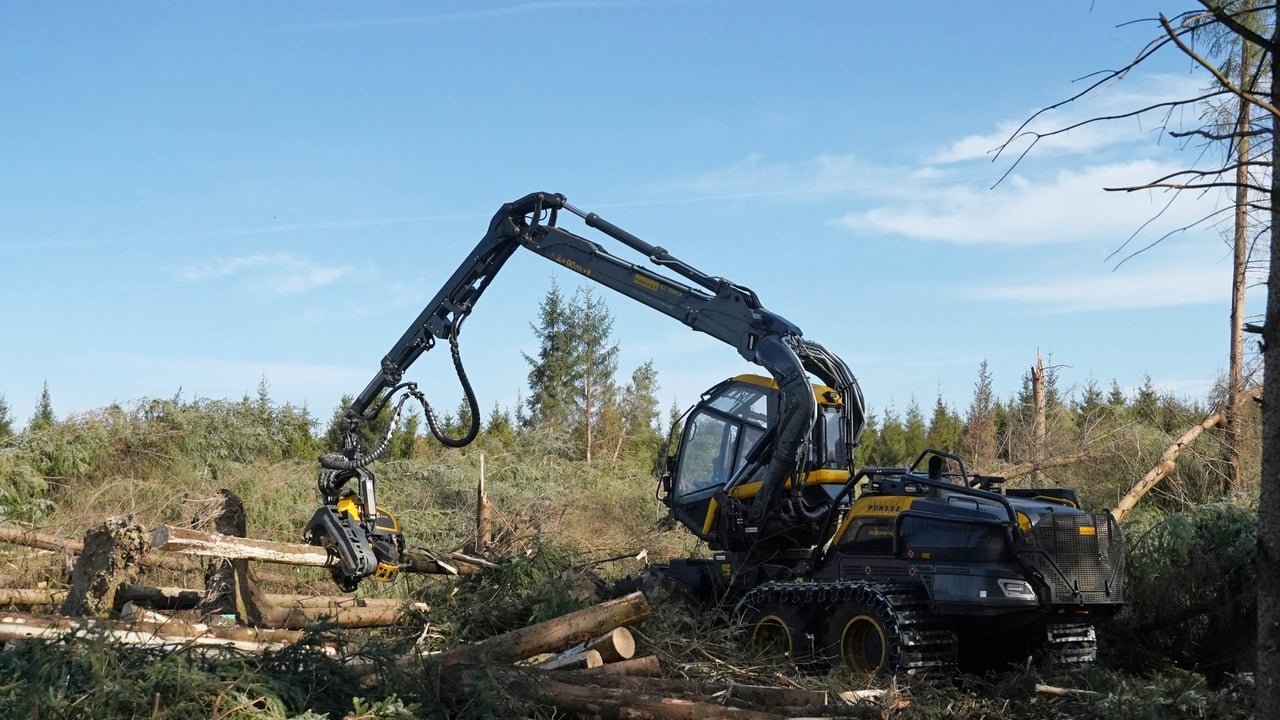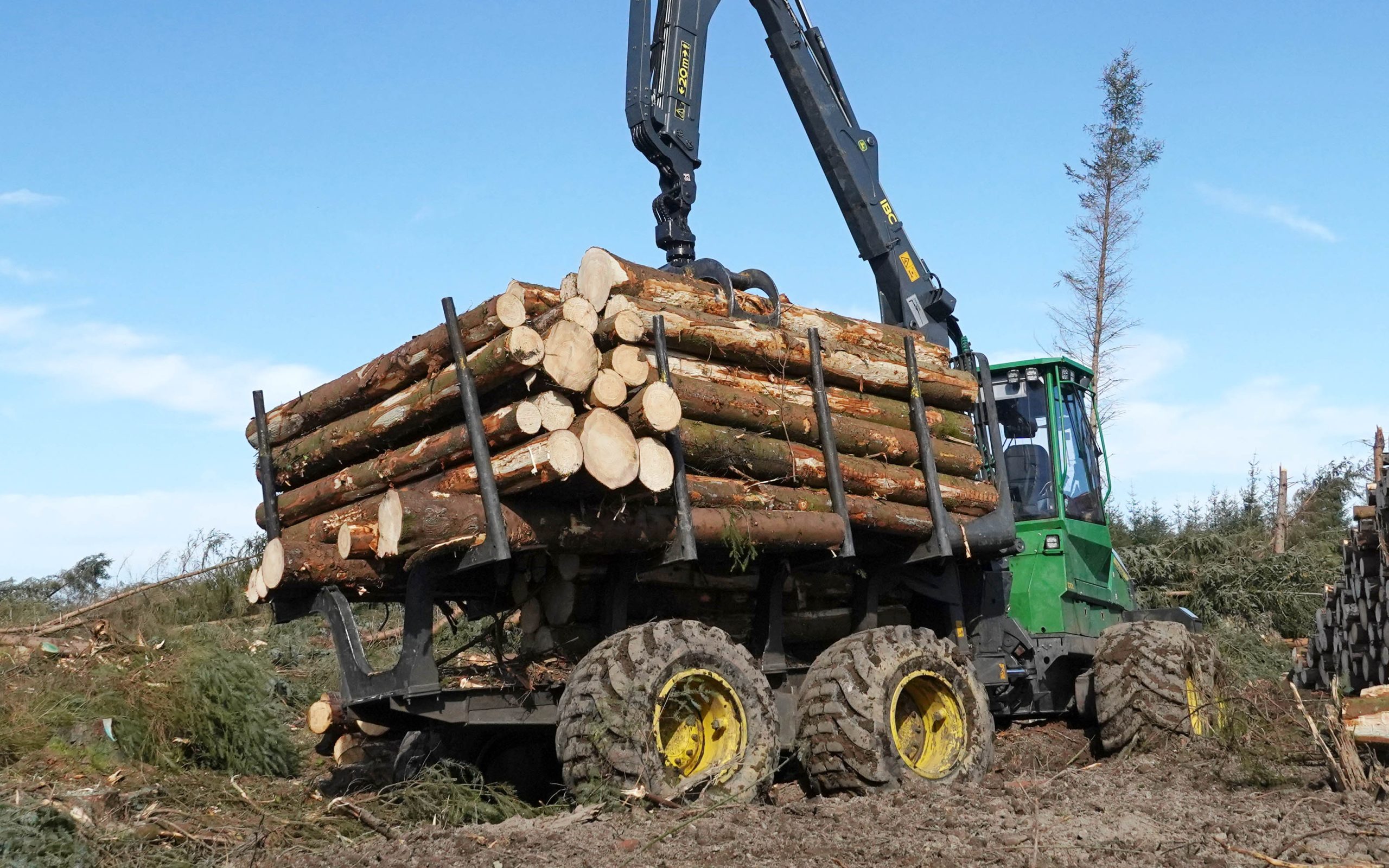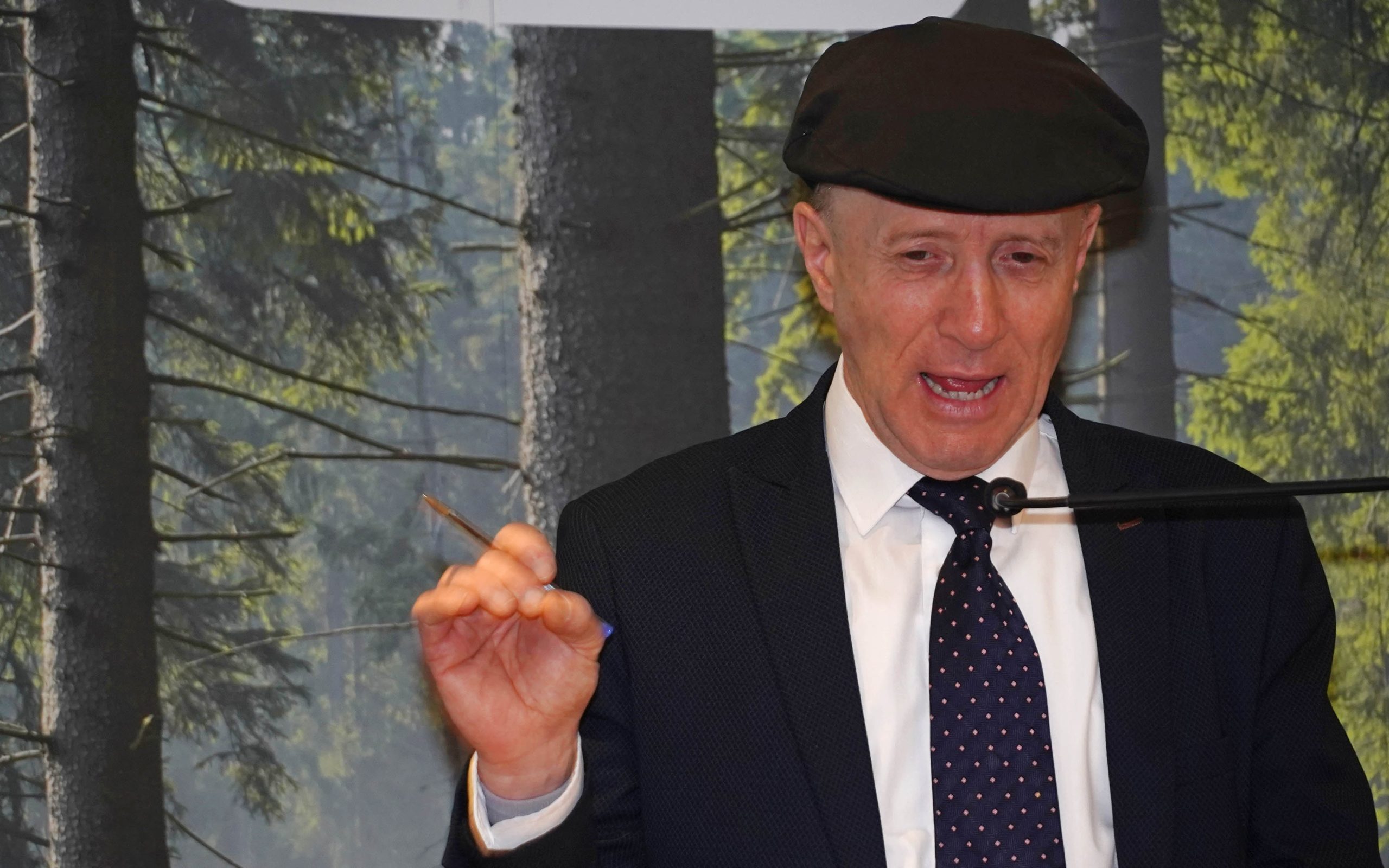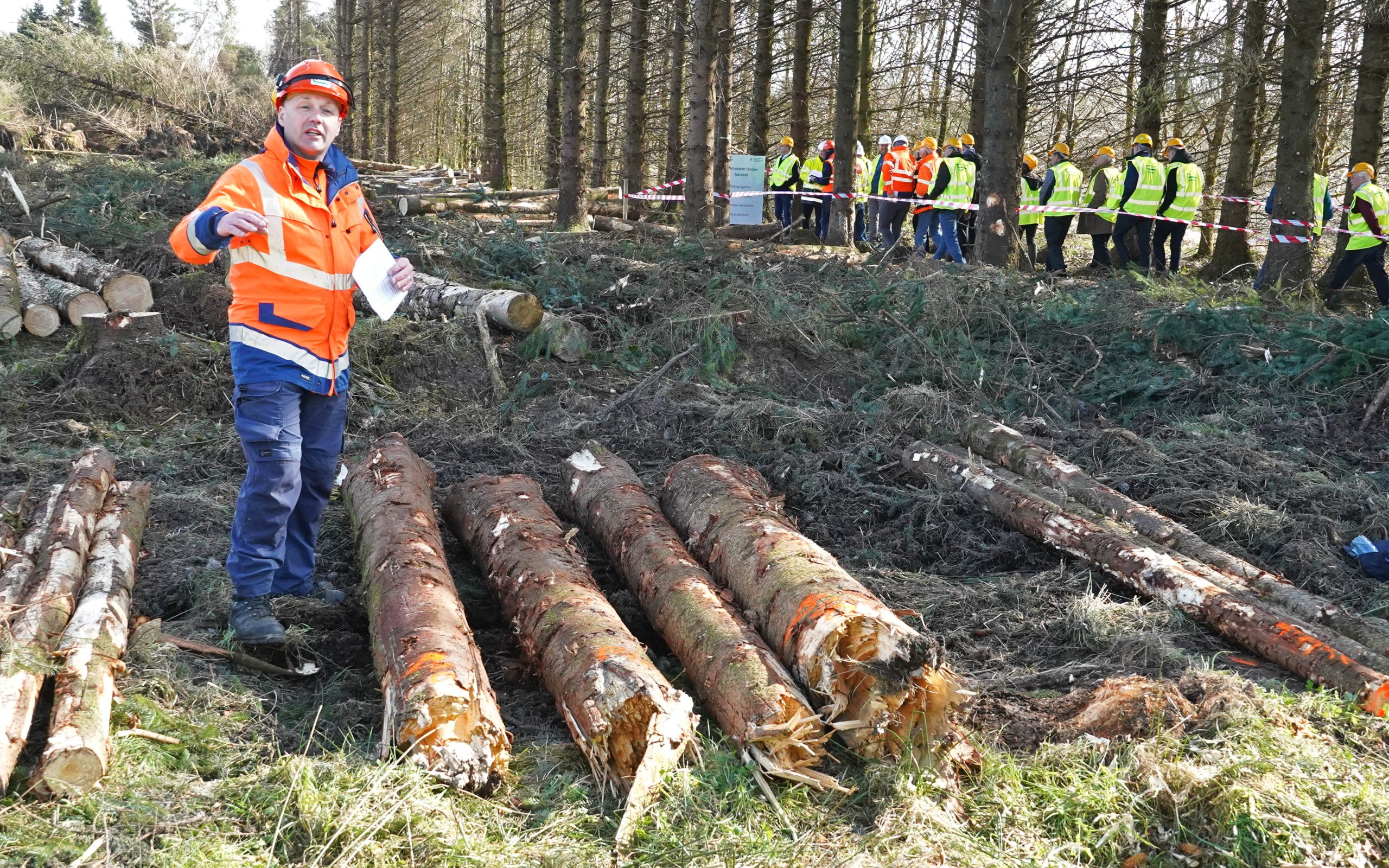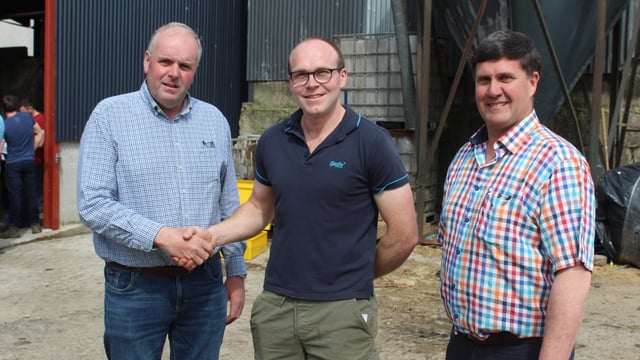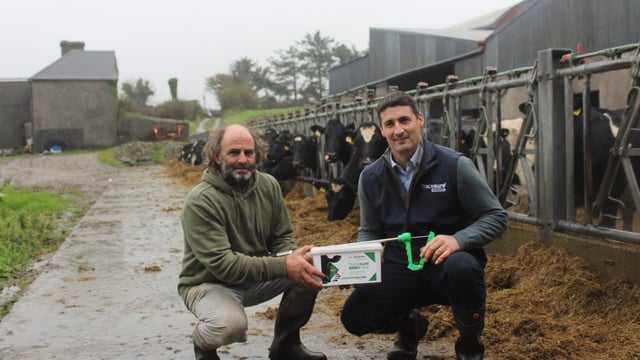Timber demand to outstrip supply by 2050 - FII
Mark McAuley, director of Forest Industries Ireland (FII, is a man determined to see Ireland fulfil its its potential as a producer of timber, which, he notes, it is presently failing to even approach.
He spoke to Agriland recently on the current situation with regard to the Forest Windblow Taskforce and the Irish forestry industry in more general terms, and it is this latter which causes him the greater concern looking into the future.
According to McAuley, the shortfall between what is presently being grown in Ireland and what he believes can be grown is very much to the detriment of the country now and going forward.
On a global basis, the supply of timber is forecast to tighten dramatically due to present sources, such as legacy forests, becoming exhausted, while a lack of reforestation worldwide will exacerbate the situation.
The bigger picture
Ireland is only a tiny component of the global forestry industry so, while we might consider the winter storm events as a major influence on the market locally, it is likely to have little impact - if any at all - on supply and demand in the larger world.
However, as the supply tightens - as McAuley feels it assuredly will - foresters here will be in an excellent position to take advantage of higher prices, especially if they start planting now for a harvest in the mid-2050s.
There is, though, little appetite amongst Irish landowners to devote more ground to growing timber with the government's target of 8,000ha a year being woefully under-achieved. Currently, between 20-25% of that figure is being met.
The problem is further aggravated by the legislation under which new forests are to be planted, which insists on generous setbacks from natural features and the allowance of space for biodiversity.
This is reckoned to reduce the ground available for the crop itself by around 30%, meaning that more land needs to be planted just to stay still, and that is just not happening.
No tradition of forestry
McAuley notes that there is no one single reason for this lack of enthusiasm - it is more a compilation of factors which revolve around forestry not being a traditional enterprise within Irish agriculture.
Other components of this aversion to forestry include the idea that landowners see themselves as asset managers as much as they consider themselves farmers and, by planting spruce, they are in effect taking land out of traditional farming for all time.
This inability to return forestry land to tillage or grassland will weigh heavily with many farmers, who see themselves as guardians of their property for future generations, and it is a difficult objection to overcome.
Nobody, though, is suggesting that entire farms are turned over to forestry.
Meanwhile, the recent suggestion by Minister of State with responsibility for forestry, Michael Healy-Rae, that blanket bogs are planted was met with some reservation from McAuley.
Instead, the FII director believes that it is the hundreds of thousands of hectares of marginal land scattered across farms throughout the country that is already available which should be converted to forestry.
McAuley points to the many rush-strewn fields that farms, particularly in the west, are using for unproductive rough grazing, which he considers to be prime candidates for conversion, although areas of less than 5ha are likely to be unviable.
Despite there being some disagreement between the minister and FII on detail, McAuley says Healy-Rae's enthusiasm and commitment to the industry is warmly welcomed.
The minister is viewed as having a genuine interest in forestry and his attempts to shake the Department of Agriculture, Food, and the Marine from its slumbers and bring it round to being of help to farmers, rather than a hinderance, are appreciated by industry stakeholders.
How this plays out going forward is anybody's guess, yet it does provide a sensible base upon which to enlarge the debate as to quite how Ireland is to meet its obligations on carbon emissions as well as making the most of its potential as a producer of timber.
No more single species cropping
What everybody does agree on is that the days of large tracts of monocropped spruce are long gone and a more environmentally friendly regime has taken its place.
However, according to McAuley, that too provides challenges and the continuing reluctance of farmers to contemplate forestry may well be a symptom of this.
FII is of the opinion that this country will need to take another long hard look at land usage with forestry being considered in a much more meaningful way if timber is to contribute to the economy.
A decline in timber production not only threatens Ireland's commitments to reducing carbon emissions but also puts pressure on the timber processing industry, which relies on the product as a raw material, as does that part of the energy industry that consumes biomass.
Timber industry under threat
There are two approaches available to the government when attempting to encourage forestry.
The first is the carrot, and what is presently in place should be tempting enough, McAuley believes.
The state will cover the expense of planting and will offer payments for the first 20 years to provide a continuation of income despite the landowner incurring no real cost over this period.
After 30 years, the forest is felled, providing a large tax free lump sum before the cycle recommences.
The size of that lump size can only increase as the squeeze on timber supply tightens.
Looking forward 30 years, there are few willing to make a guess as to quite how large it will be, although the general consensus is that it will have grown significantly.
However, McAuley draws short of recommending that a stick be applied, and Minister Healy-Rae has also expressed the opinion that farmers should be free to choose how they use their land.
It therefore seems that, unless forestry as an enterprise becomes suddenly more attractive, and the stigma of taking land out of food production is lifted, Ireland is not going to make the most of the land that is readily available for the enterprise.

